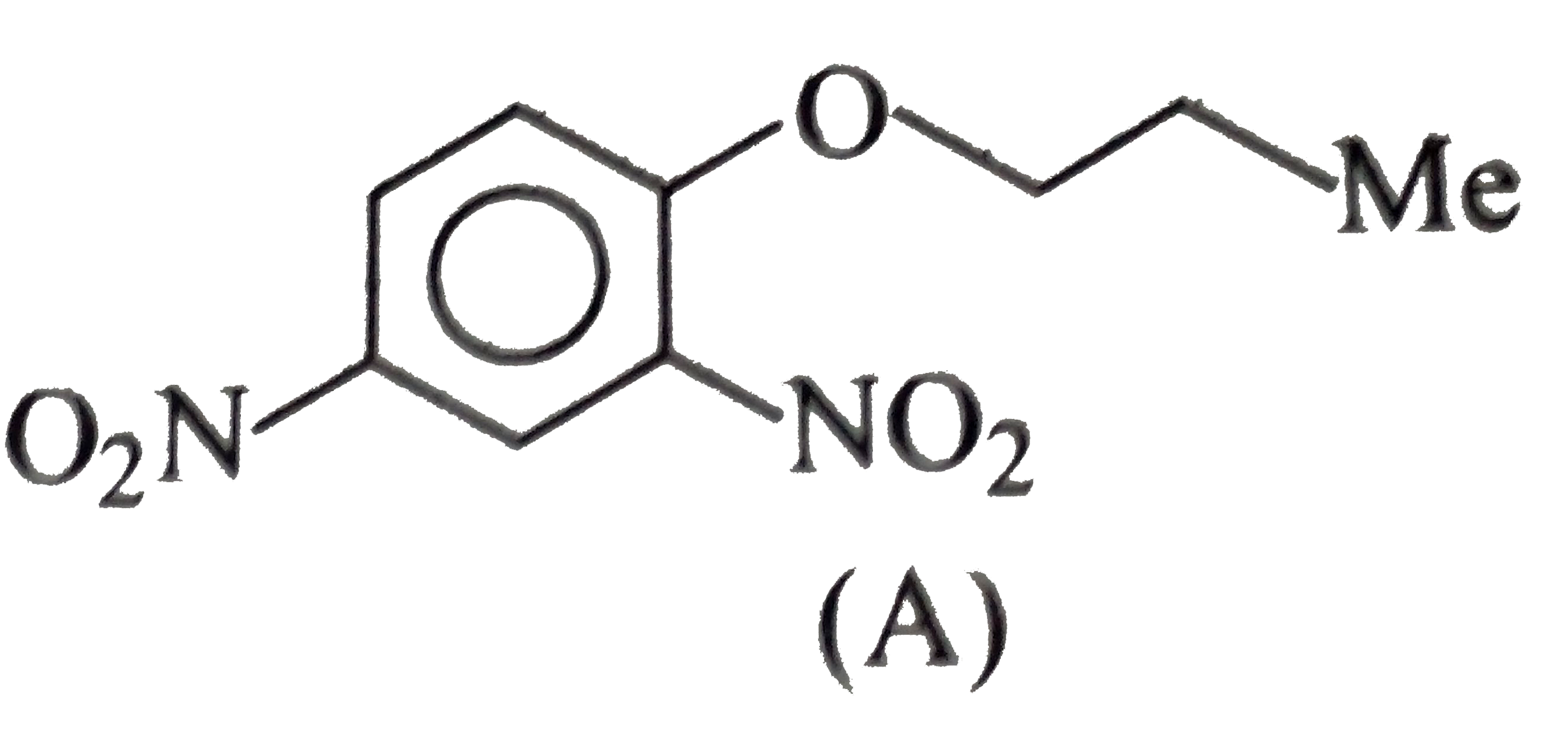Convert Benzene to Adipic Acid.
To convert benzene to adipic acid, we can follow these steps:
Step 1: Hydrogenation of Benzene
- Reaction: Treat benzene (C₆H₆) with hydrogen gas (H₂) in the presence of a catalyst such as nickel (Ni) at high temperatures.
- Product: This reaction will reduce the double bonds in benzene, converting it into cyclohexane (C₆H₁₂).
Step 2: Chlorination of Cyclohexane
- Reaction: Expose cyclohexane to chlorine (Cl₂) in the presence of ultraviolet (UV) light.
- Product: This will lead to the substitution of one hydrogen atom with a chlorine atom, forming chlorocyclohexane (C₆H₁₁Cl).
Step 3: Dehydrochlorination
- Reaction: Treat chlorocyclohexane with alcoholic potassium hydroxide (KOH).
- Product: This reaction will eliminate HCl (hydrochloric acid) and form cyclohexene (C₆H₁₀), introducing a double bond in the cyclohexane ring.
Step 4: Oxidation of Cyclohexene
- Reaction: Oxidize cyclohexene using potassium permanganate (KMnO₄) or another suitable oxidizing agent.
- Product: This oxidation will cleave the double bond and convert the cyclohexene into adipic acid (C₆H₁₀O₄), which has the structure HOOC-(CH₂)₄-COOH.
Final Product
- The final product is adipic acid, which has the formula C₆H₁₀O₄.
Summary of Reactions
1. Benzene (C₆H₆) → Cyclohexane (C₆H₁₂) (Hydrogenation)
2. Cyclohexane (C₆H₁₂) → Chlorocyclohexane (C₆H₁₁Cl) (Chlorination)
3. Chlorocyclohexane (C₆H₁₁Cl) → Cyclohexene (C₆H₁₀) (Dehydrochlorination)
4. Cyclohexene (C₆H₁₀) → Adipic Acid (C₆H₁₀O₄) (Oxidation)
---
- Reaction: Treat benzene (C₆H₆) with hydrogen gas (H₂) in the presence of a catalyst such as nickel (Ni) at high temperatures.
- Product: This reaction will reduce the double bonds in benzene, converting it into cyclohexane (C₆H₁₂).
- Reaction: Expose cyclohexane to chlorine (Cl₂) in the presence of ultraviolet (UV) light.
- Product: This will lead to the substitution of one hydrogen atom with a chlorine atom, forming chlorocyclohexane (C₆H₁₁Cl).
- Reaction: Treat chlorocyclohexane with alcoholic potassium hydroxide (KOH).
- Product: This reaction will eliminate HCl (hydrochloric acid) and form cyclohexene (C₆H₁₀), introducing a double bond in the cyclohexane ring.
- Reaction: Oxidize cyclohexene using potassium permanganate (KMnO₄) or another suitable oxidizing agent.
- Product: This oxidation will cleave the double bond and convert the cyclohexene into adipic acid (C₆H₁₀O₄), which has the structure HOOC-(CH₂)₄-COOH.
- The final product is adipic acid, which has the formula C₆H₁₀O₄.
1. Benzene (C₆H₆) → Cyclohexane (C₆H₁₂) (Hydrogenation)
2. Cyclohexane (C₆H₁₂) → Chlorocyclohexane (C₆H₁₁Cl) (Chlorination)
3. Chlorocyclohexane (C₆H₁₁Cl) → Cyclohexene (C₆H₁₀) (Dehydrochlorination)
4. Cyclohexene (C₆H₁₀) → Adipic Acid (C₆H₁₀O₄) (Oxidation)
Topper's Solved these Questions
- CARBOXYLIC ACIDS AND THEIR DERIVATIVESBOOK - CENGAGE CHEMISTRY ENGLISHCHAPTER - CARBOXYLIC ACIDS AND THEIR DERIVATIVESEXERCISE - Solved Examples
17 Videos
- CARBOXYLIC ACIDS AND THEIR DERIVATIVESBOOK - CENGAGE CHEMISTRY ENGLISHCHAPTER - CARBOXYLIC ACIDS AND THEIR DERIVATIVESEXERCISE - Exercises (Subjective)
19 Videos
- BIOMOLECULESBOOK - CENGAGE CHEMISTRY ENGLISHCHAPTER - BIOMOLECULESEXERCISE - Exercises Archives (Analytical And Descriptive)
8 Videos
- CHEMICAL KINETICSBOOK - CENGAGE CHEMISTRY ENGLISHCHAPTER - CHEMICAL KINETICSEXERCISE - Archives Subjective
23 Videos
Similar Questions
Convert Benzene into p-Nitrobenzaldehyde
View SolutionCarry out the following conversions :
Benzene to benzoic acid.
View SolutionConvert benzene to the following compounds:

View SolutionHow will you convert:
Benzene into N,N-dimethylaniline
View SolutionConversion of Benzene into benzoic acid
View SolutionConversion of Benzene to p-Nitrobenzoic acid
View SolutionWhich of the following sequence is best suited to convert benzene
to 3-chloro aniline?
View SolutionConvert :
Ethyne to oxalic acid
View SolutionHow will you convert
(i) Benzene into aniline (ii) Benzene into N, N-dimethylaniline
Cl−(CH2)4- Cl into hexane- 1,6- diamine ?
View SolutionHow will you convert benzene into aniline?
View Solution
